For some women, there’s just something about a thong. Though it’s fallen from grace in more recent trends, the thong has a long – and, some would say, cheeky – history of being one of the best options for when you want to flaunt your figure in skinny jeans or bodycon dresses.
But where did this flimsy, sexy garment originate?
Ancient Thongs
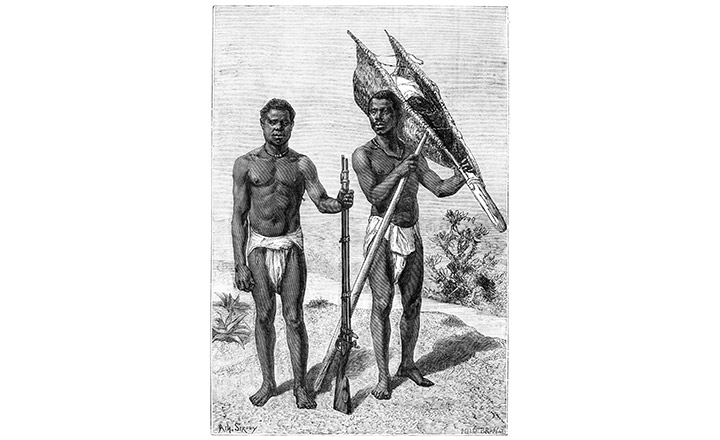
Surprisingly, thongs have been around for almost as long as humans have been wearing clothes. The predecessor for the thong design is generally thought to be the loincloth. Loincloths are thought to have originated in Sub-Saharan Africa and surrounding areas around 75 000 years ago. The most famous loincloth in the world belongs to Otzi the Iceman, a well-preserved corpse from the 3100s BC that was discovered in Italy in 1991.
Though thongs are most often associated with women these days, it’s thought that loincloths were originally designed specifically for men – most likely, they were meant to support, protect, and hide male genitals. Later, a garment called a fundoshi appeared in Japan around 200 BC – it was usually worn by sumo wrestlers or swimmers. Again, these garments were worn almost exclusively by men.
The word “thong” is derived from an Old English word referring to a flexible leather cord. In most languages, the English word “string” is borrowed to describe these types of underwear. Some nicknames include “dental floss” (Brazil) and “slingshot” (Bulgaria).
Covering Up – Sort Of
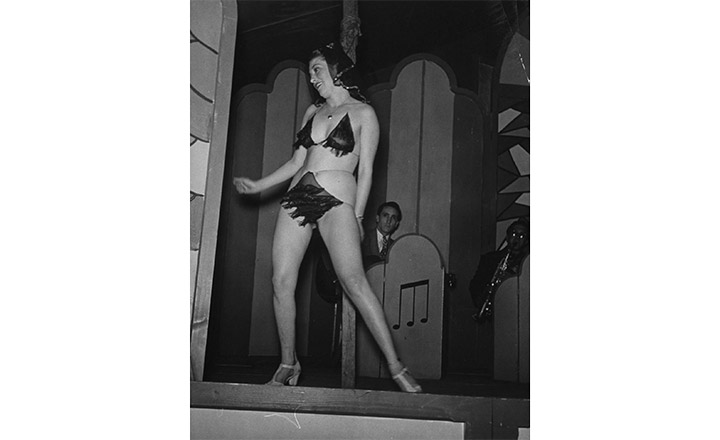
The first public appearance of what we now call a thong was at the 1939 World’s Fair in New York, NY. The Mayor of New York City at the time, Fiorello LaGuardia, is reported to have told the nude dancers of New York to start covering up – and they did, sort of.
It’s thought that the original thong design was specifically made to cover up the genitals – and nothing else.
The man who is credited with inventing the modern thong is fashion designer Rudi Gernreich, who released it as swimwear after a ban on nude sunbathing by the LA City Council in 1974.
He would later go on to invent the first topless bikini – he called it the “monokini.” It seems that the thong has far outlived his other design, though.
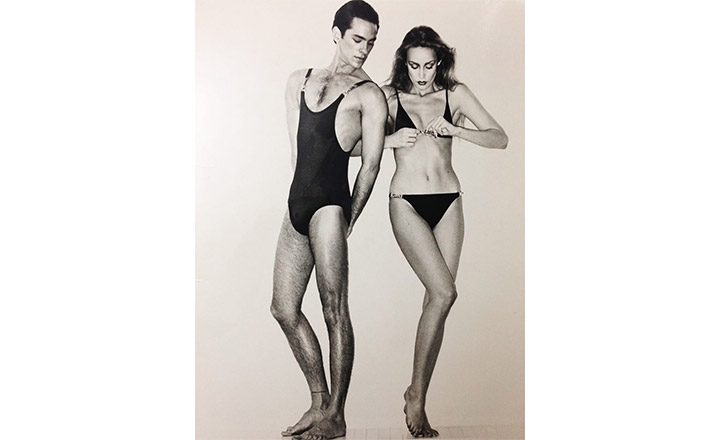
The thong was quickly adopted by the same man who invented the push-up bra – Frederick Mellinger, the man behind iconic lingerie brand Frederick’s of Hollywood.
The brand dates back to the 40s, but it wasn’t until 1981 that so-called “scanty panties” started being included in the lineup. Though Gernreich is credited with inventing the thong, Mellinger is credited with making it marketable.
Despite this, the underwear version didn’t really gain traction until the 1990s. Underwear manufacturers started marketing them as seamless underwear, meant to be paired with slim-fitting pants and other tight clothing.
But, despite their contributions to the fight against VPLs (Visible Panty Lines), it would be another while before the thong would have its golden years. In the 80s, pop stars like Cher and Madonna were wearing them, but they weren’t exactly something for the girl next door just yet.
White House, Black Thong
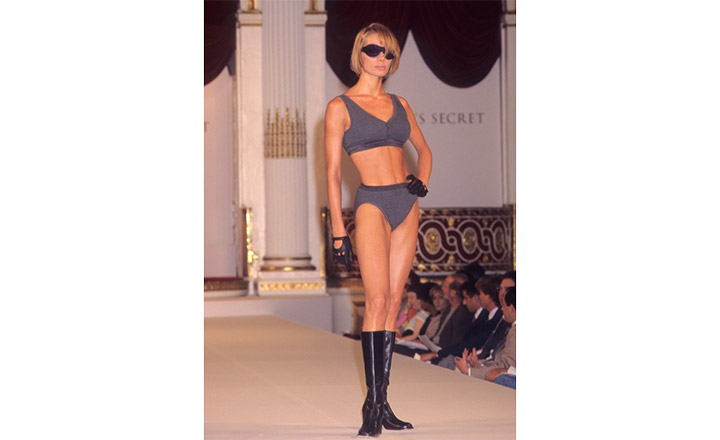
It wasn’t until the late 90s that “thong” would hit the public lexicon. The publicity came from an unexpected place – the Clinton scandal.
In her testimony against President Bill Clinton, contained in the infamous Starr Report, Monica Lewinsky described an encounter with Clinton in which she lifted the back of her suit jacket to show off the straps of her thong, which were showing above the waistband of her pants.
Perhaps fortunately for the thong, Lewinsky wasn’t the only one promoting it at the time. The popular lingerie brand Victoria’s Secret held its first public fashion show in 1995, where thongs held center stage.
Additionally, TV shows like Baywatch were starting to get popular – the inclusion of thong bikinis on a lot of female leads in that show definitely led to the thong’s rise to fame.
In the early 2000s, thongs were in their heyday. 123 million thongs were sold in the US alone in 2002, and some numbers stated that thongs made up a whopping 31% of total women’s underwear sales at the time.
With the introduction of hipster jeans, a peculiar trend emerged – wearing thongs high up on the hips so that they’d show above the waistband of your pants.
This particular style was called a “whale tail”, and it was so popular that a lot of thongs began to be designed to be worn this way, with jewels or designs on the back panels. This era also gave us Sisqo’s ode to the sexy underwear – his hit “Thong Song” was number three on the charts in 2000.
Thongs' Fall from Grace
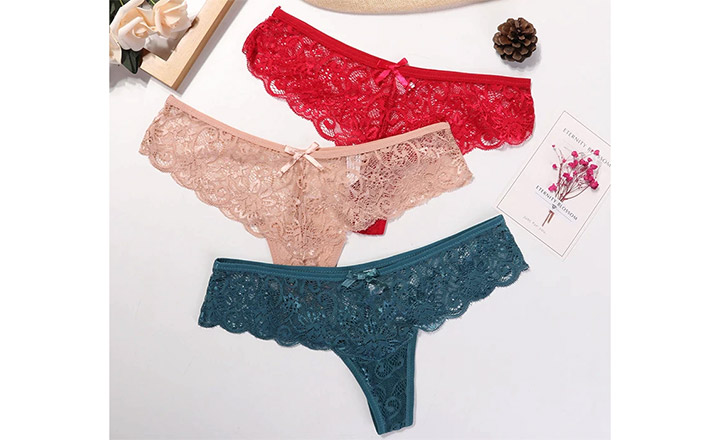
As the 2000s went on and gave way to the 2010s, thongs slowly faded in popularity. With the death of the whale tail in the late 2000s, thongs slowly gave way to styles like the cheeky brief and the boyshort – the latter is currently one of the most popular women’s underwear styles.
The death of the thong is partially because of its potential health concerns – some worry that, because of where thongs sit on your body, they could become damp and transfer bacteria, leading to things like urinary tract infections (UTIs) and yeast infections.
However, research hasn’t found any connection between thongs and these conditions, so don’t worry if you still like showing a little cheek.
Some fashion gurus believe that thongs are making a comeback – after all, the rise of trends like bodycon dresses and booty shorts certainly require more seamless underwear.
But whether this is a return from the grave or just a blip on the radar remains yet to be seen. Several celebrities appear to be attempting to bring the thong back to us – we all know Rihanna’s denim thong, or Nicki Minaj’s look on the cover of her album, Anaconda.
But the decision, largely, is up to you. Whether you’re a fan or not, there’s no denying that the thong has made its place in fashion history.





